curatorial text
Javier Villa
Breave the Heavenly Breezes
Axel may well be one of the few people working today on finding a way to launch a solar sail through the atmosphere, but the idea dates all the way back to Ancient Greece. ‘At midday, when we’d lost sight of the island, a hurricane suddenly sprang up, spinning the ship around and lifting it the height of three hundred stadia. It did not let the ship back down onto the sea but rather filled the sail and stretched the canvas, pushing it ever higher with each gust. After floating through the air for seven days and nights, on the eighth day we caught sight of an enormous earth in the sky, like an island, bright and spherical, gleaming with light. We were dragged toward it, docked and disembarked. During the exploration of the country we discovered that it was inhabited and crops were grown. During the day, we could see nothing from there but when night came we could see many other islands close by, some large and others small, their colour similar to fire, and another land below with cities, rivers, seas, forests and mountains. We deduced that it must be our world.’ After the Greeks, perhaps the most famous dreamer was Johannes Kepler, who, discussing the possibility of finding life on the moons of Jupiter, said to his friend Galileo that, ‘(…) As soon as some kind of flying system is established there shall be no lack of colonists among our human species. Who would ever have thought that sailing across a vast ocean would be more safe and tranquil than crossing the very narrow Adriatic Gulf, the Baltic Sea or the English Channel? Suppose there were ships or sails suited to the heavenly breezes and those unafraid of even that vast space?’
The solar sail for heavenly breezes being designed by Axel is founded on simple scientific principles, but the material practicalities are something of an obstacle for a poetic project with no support from an established space agency. Made with multilayered golden isolation materials used to protect probes and satellites from losing heat through thermal radiation, the geometric frame Axel has designed will take thousands of years to leave the solar system but, driven by traction from a few photons gathered from the Sun, will keep going until it disintegrates. The Brave the Heavenly Breezes project is part of a research and imaginative process in which making an independent journey to outer space with no clear purpose in mind can take all the time it needs. This independence and firm belief in the poetic gesture are political decisions, especially when every milligram and millimetre of technology that escapes the atmosphere is regulated and must have a scientific function. Where Debord the flaneur rebuilds the city through his aimless wandering, Axel rebuilds our relationship with the Cosmos, which feels increasingly distant from the everyday citizen. Axel, however, refuses to cede outer space to eccentric billionaires. Space is the domain of science and economics, but also spirituality and the imagination. Science isn’t just an economic asset, just as religion is not the only branch of the humanities to explore spirituality. Similarly, we might affirm that the imagination is not exclusive to the art world but a tool possessed by every member of humanity that, mixed with science and spirituality, has the potential to tread a more inclusive path along which to wander among the stars.
In Byzantine art, gold was a spiritual symbol for Heaven. Today, space probes gleam golden in the dark void of space, inverting established colour schemes for figure and background. On its journey, Brave the Heavenly Breezes drifts from the temple and Byzantian gold leaf to NASA’s golden Kapton. The imagination of the explorer is supported by the practicality of science and driven by spirituality. That means that it is eminently possible to launch a spiritual quest in a disenchanted world, and art is right tool through which to do so.
view more
exhibition



















other exhibitions
Axel Straschnoy, Beto De Volder, Clorindo Testa, Emilio Pettoruti, Enio Iommi, Esteban Pastorino, Gyula Kosice, Manuel Espinosa, Marcela Cabutti, Matilde Marin, Rogelio Polesello, Romina Ressia, Romulo Macció · 12.12.2023 - 15.02.2024
Indefinit
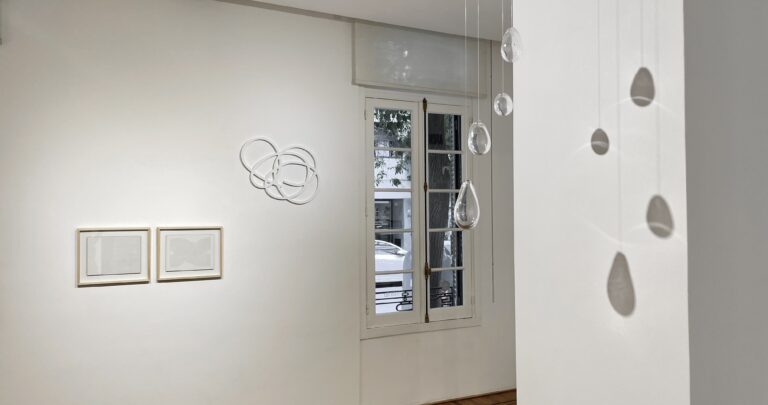
André Komatsu, Enio Iommi, Clorindo Testa · 23.08.2023 - 31.10.2023
Hiato

Mariela Vita · 12.07.2023 - 16.08.2023
GEJIGEJI

Polesello, Aizenbeg, Kosice, Vardanega, Le Parc, Iommi, Puente, Arden Quin, Espinosa, Demarco, Straschnoy, De Volder, Pastorino, Imola, Batistelli, Cabutti, Reyna · 09.02.2023 - 15.03.2023
Eléctrico/ ecléctico

Fabiana Imola & Aníbal Brizuela · 16.09.2022 - 02.12.2022
Inside, the shapes. They move alone

Romina Ressia · 09.06.2022 - 25.08.2022
Grow flowers
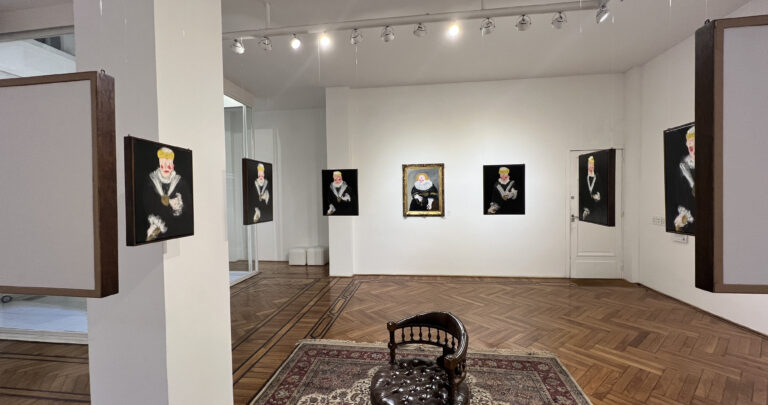
Martín Reyna · 11.03.2022 - 03.06.2022
Color in transit
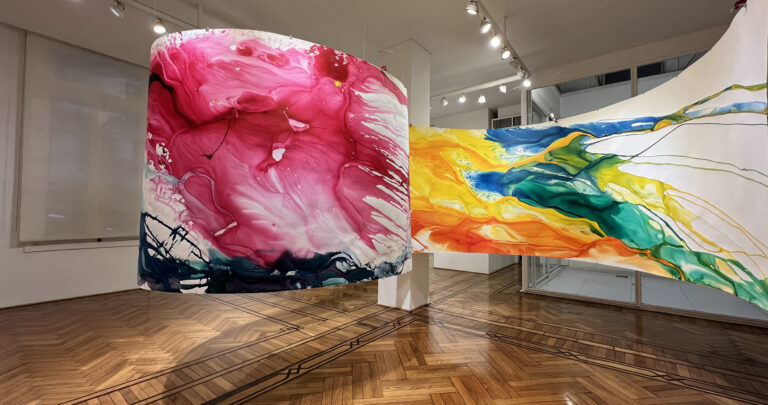
Matilde Marín · 08.02.2022 - 02.03.2022
25FPS

Clorindo Testa · 11.11.2021 - 31.01.2022
Testa, projects and other games

Cabutti, De Volder, Reyna, Imola, Ventoso, Ressia. · 05.10.2021 - 22.10.2021
Group Show 2021 II

Matilde Marín · 23.07.2015 - 21.09.2015
Undetermined landscapes
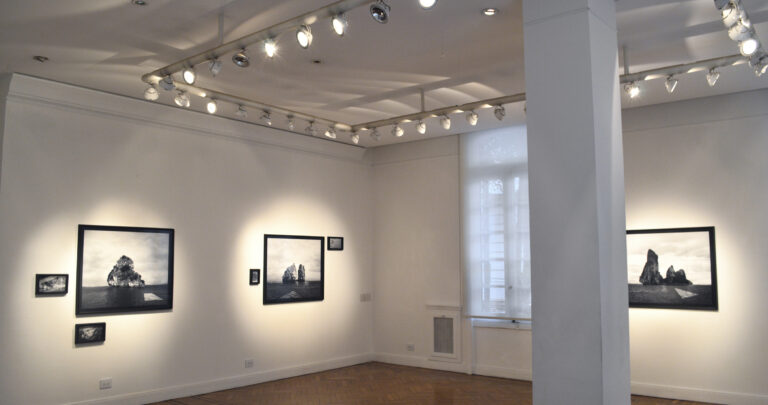
Marcela Cabutti · 16.07.2021 - 22.09.2021
Balcarce, topographic memories of a landscape

Benito Laren · 12.05.2012 - 22.06.2012
Casino

Lila Siegrist · 26.06.2012 - 27.08.2012
Vikinga Criolla

Cárdenas, Imola, Marin, Res, Sommerfelt, Ventoso · 10.08.2012 - 11.10.2012
Morphological confrontations

Martin Reyna · 20.09.2012 - 20.11.2012
Reyna in the horizon of color
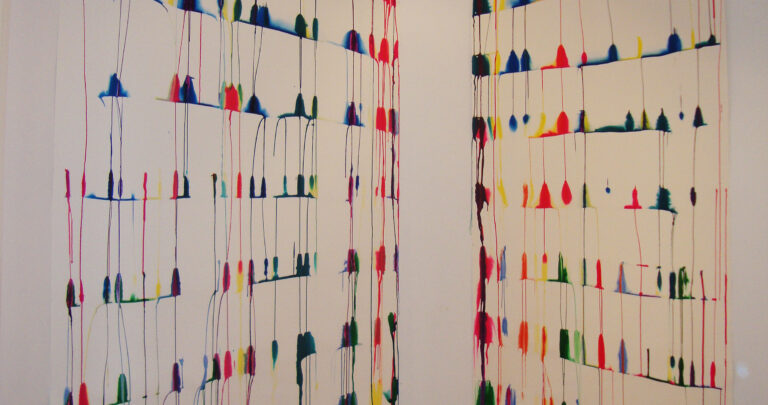
Romina Orazi · 04.12.2012 - 04.02.2013
Subject to infinite division

Aizenberg, Boto, Espinosa, Iommi, Lozza, Le Parc, Kosice, Silva, Tomasello, Vardánega · 01.06.2013 - 31.07.2013
Dimensional
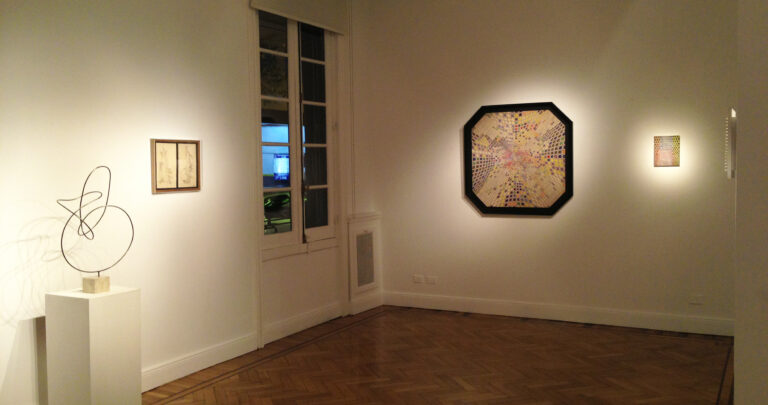
Antoniadis, Marín · 07.09.2013 - 07.11.2013
Double contrast
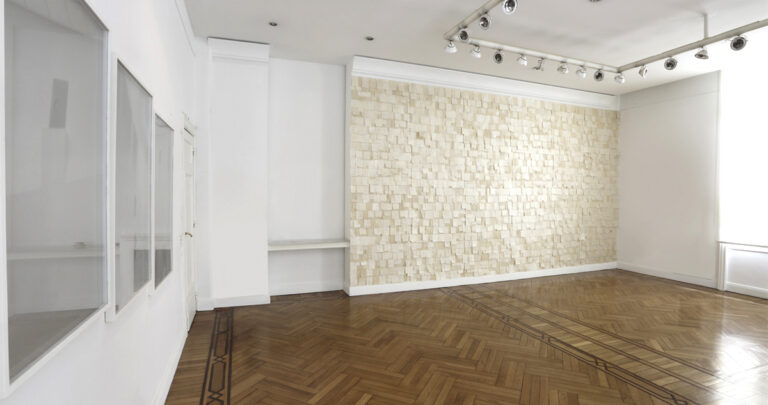
Andrés Sobrino · 28.03.2013 - 30.05.2013
Andrés Sobrino

Antoniadis, Cabutti, Laren, Reyna, Florido, Sobrino, Straschnoy, Tarazona, Ventoso · 20.12.2013 - 15.02.2014
Universus

Elena Dahn · 25.03.2014 - 26.05.2014
Elena Dahn

Marcela Cabutti · 15.07.2014 - 15.09.2014
Finding meaning through shapes

Axel Straschnoy · 12.11.2014 - 19.01.2015
La Figure de la Terre
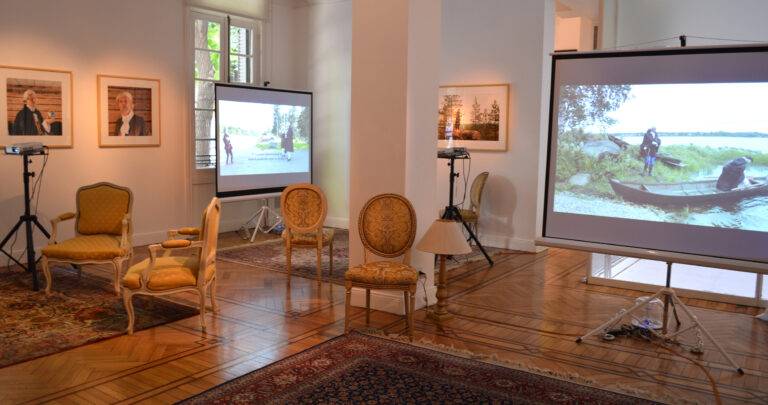
Fusilier, León, Quesada Pons y Vega · 15.03.2015 - 30.04.2015
Limbo

Luciana Levington · 28.05.2015 - 24.07.2015
Luciana Levinton

Leo Battitelli · 12.11.2015 - 12.01.2016
Gargalhadas

Hasper, Scafati · 10.02.2016 - 11.04.2016
Womens’ double
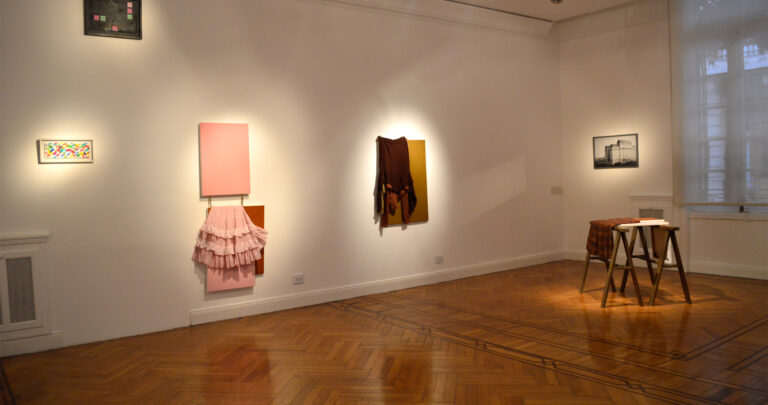
Axel Straschnoy · 12.05.2016 - 13.06.2016
Today, great tomorrow!, in the pines wind blows from the past.
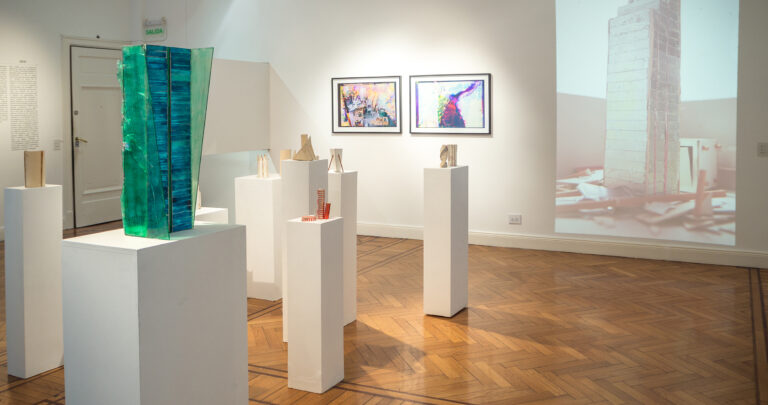
Arden Quin, Boto, Demarco, Espinosa, Iommi, Le Parc, Lozza, Polesello, Puente, Silva, Testa, Tomasello · 07.06.2016 - 05.08.2016
Masters of the avant-garde

De Volder, Sobrino · 11.08.2016 - 10.10.2016
Andres Sobrino and Beto De Volder

Battistelli, Cabutti, Cacchiarelli, Sobrino, De Volder · 02.01.2017 - 28.02.2017
2017 Group Show

Fabiana Imola · 28.02.2017 - 14.04.2017
The forest, the rain and other scenes
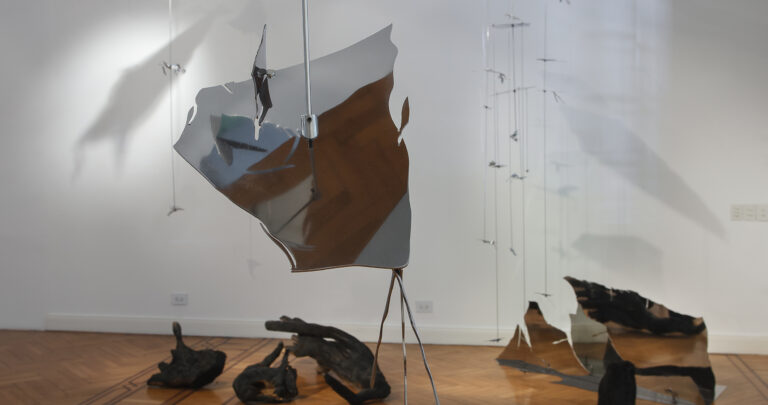
Alberto Heredia · 06.09.2017 - 11.10.2017
Alberto Heredia

Federico Manuel Peralta Ramos · 31.10.2017 - 29.12.2017
Federico Manuel Peralta Ramos
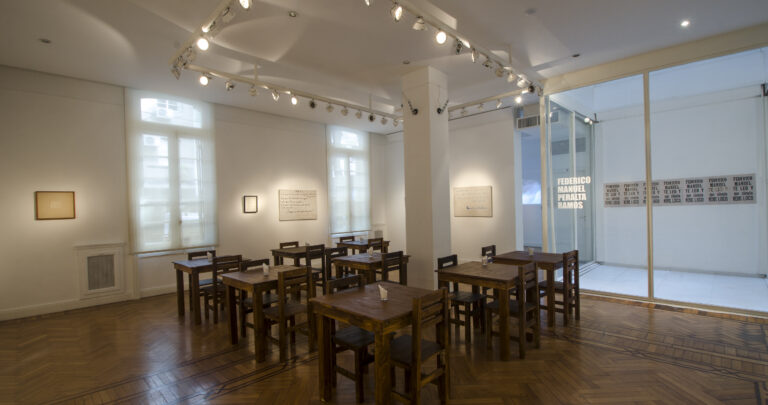
Marcela Cabutti · 10.11.2017 - 31.01.2018
About the effective distance between objects

Luciana Rondolini · 15.02.2018 - 15.04.2018
End
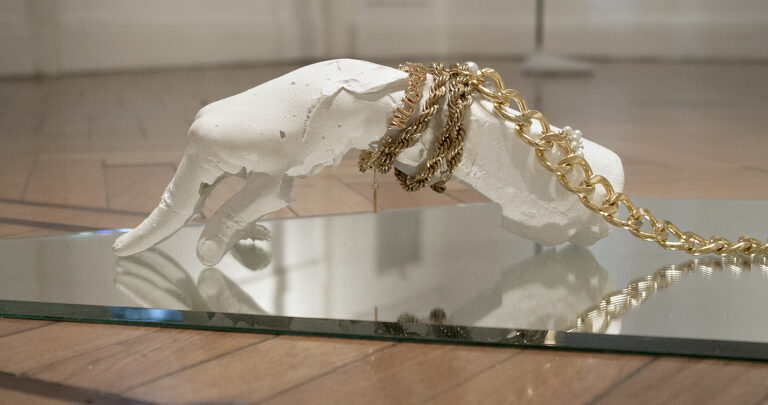
Estanislao Florido · 27.04.2018 - 01.07.2018
The disenchanted object

Battistelli, Cabutti, Marín, Straschnoy, Ventoso, De Volder · 06.07.2018 - 31.08.2018
2018 Group Show

Rogelio Polesello · 06.09.2018 - 20.12.2018
Vortex

Cabutti, Imola, Marín, Reyna, Rondolini, Straschnoy, De Volder · 27.02.2019 - 03.04.2019
2019 Group Show

Alberto Greco · 04.04.2019 - 31.08.2019
The bad handwriting

Matilde Marín · 25.09.2019 - 31.12.2019
As the blue smoke of Ítaca is spotted

Esteban Pastorino · 10.09.2020 - 29.01.2021
Pastorino
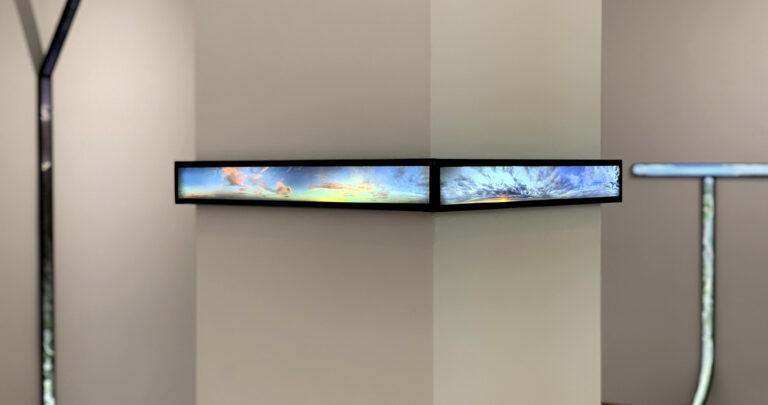
Marín, Imola, De Volder, Reyna, Florido, Straschnoy, Pastorino · 08.02.2021 - 01.04.2021
2021 Group Show

Alberto Greco · 06.04.2021 - 30.06.2021
LA PITTURA È FINITA. Poses and impostures of Alberto Greco in Italy
